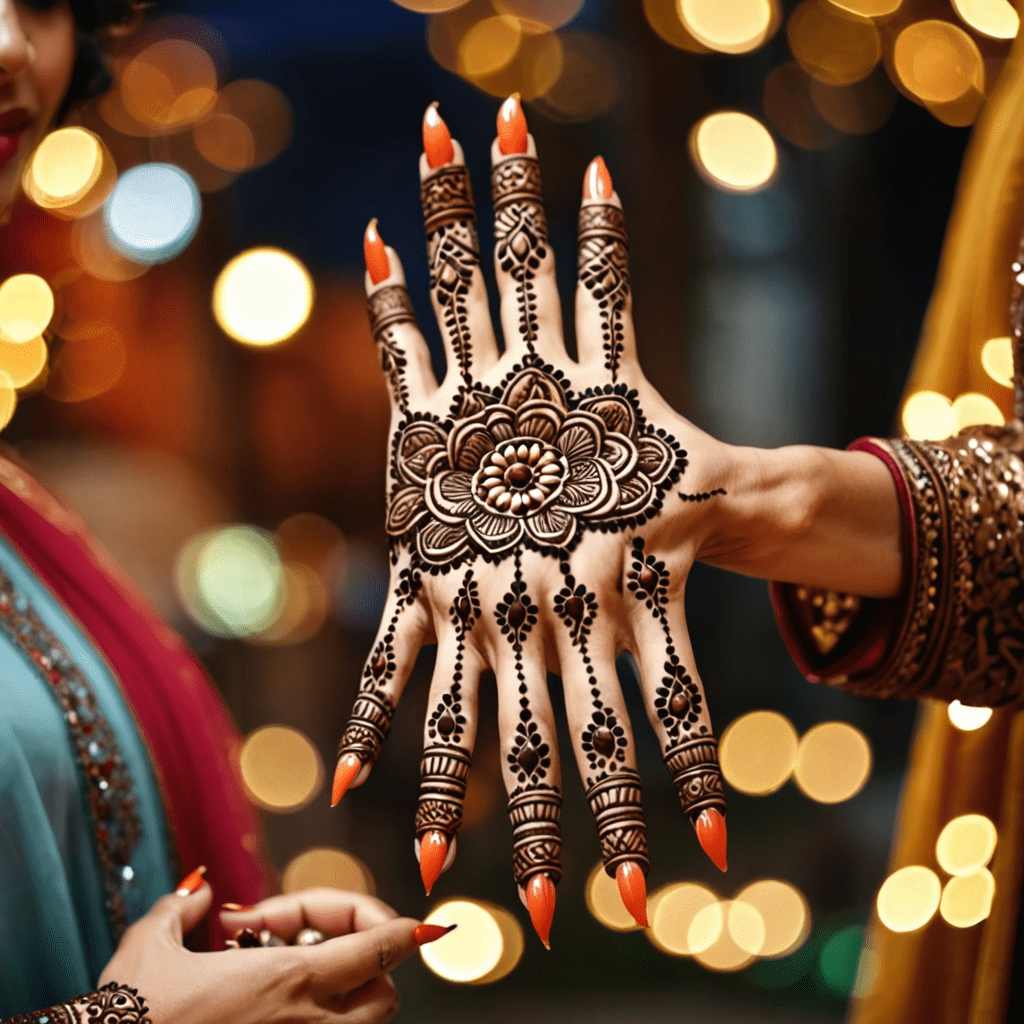
The Cultural Significance of Henna in Algerian Traditions
Introduction
Henna holds a central place in Algerian traditions, deeply rooted in the country’s cultural heritage. This natural dye is not only used for its decorative purposes but also symbolizes various aspects of life in Algeria.
History of Henna in Algeria
The practice of using henna in Algeria dates back centuries, with its origins intertwined with Berber and Arab cultures. It was traditionally applied during weddings, religious celebrations, and other significant events as a symbol of joy, luck, and protection.
Symbolism and Meanings
In Algerian traditions, henna carries diverse symbolism. It represents good luck, fertility, transformation, and the blending of the earthly and spiritual realms. The intricate designs created with henna are believed to ward off evil spirits and bring blessings to the wearer.
Occasions for Henna Application
Henna is commonly applied during weddings in Algeria, where elaborate designs adorn the hands and feet of the bride as a symbol of beauty, happiness, and prosperity. It is also used during religious festivals like Eid to signify purity and spiritual significance.
Artistry and Techniques
The art of applying henna, known as “Mehndi,” requires skill and precision. Algerian henna artists use fine-tipped cones to create intricate patterns on the skin. These designs often feature geometric shapes, floral motifs, and symbols that hold cultural significance.
Modern Influence and Revival
While henna remains a significant part of Algerian traditions, its popularity has transcended cultural boundaries. Today, henna tattoos are embraced worldwide as a form of temporary body art, with Algerian designs contributing to the richness of this artistic expression.
Preserving Cultural Heritage
As Algeria undergoes societal changes and modernization, the practice of using henna serves as a link to the past, preserving cultural identity and heritage. It continues to be cherished as a symbol of Algerian pride and tradition.
In conclusion, henna in Algerian traditions is more than just a decorative art form—it embodies the values, beliefs, and rich history of the Algerian people. Its enduring presence in ceremonies and celebrations underscores its cultural significance and timeless appeal.
FAQs about the Cultural Significance of Henna in Algerian Traditions
What is the cultural significance of henna in Algerian traditions?
In Algerian traditions, henna holds deep cultural significance as it is often used in celebrations like weddings and religious festivals. It symbolizes joy, luck, and protection against evil forces.
How is henna typically used in Algerian traditions?
Henna is commonly used to adorn the hands and feet of brides during wedding ceremonies. It is also applied during cultural events, such as Eid al-Fitr and Eid al-Adha, as a symbol of beauty and celebration.
What do the intricate henna designs represent in Algerian culture?
The intricate henna designs, known as “khfaf,” often feature geometric patterns and floral motifs. These designs not only enhance beauty but also carry symbolisms related to prosperity, fertility, and warding off negativity.
Are there specific rituals or beliefs associated with the application of henna in Algerian traditions?
Yes, the application of henna is accompanied by rituals like communal singing, dancing, and feasting. It is believed that the act of applying henna brings blessings, good fortune, and protects the individual from the evil eye.

